
Contrary to popular belief, the Vikings, though expert in raiding, pillaging and millinery accoutrements , did NOT invent billiards.
The word billiard is either derived from the French word billiard, one of the wooden sticks used to strike the balls, or bile, one of the billiard balls. The game of billiards evolved from a lawn game very similar to the game of croquet during the 14th century in Northern Europe and when the game was moved indoors to a wooden table, the table was covered with a green cloth sup-posedly to represent grass. Green grass, what a novel idea!
 The earliest evidence found for the existence of Billiards played on a table was in 1470 in an inventory of items purchased by King Louis XI of France. Listed were "billiard balls and billiard table for pleasure and amusement.” Earliest mentions in England were in 1588 when Billiard tables were in the possession of The Duke of Norfolk and the Earl of Leicester. Mary, Queen of Scots had a billiard table in her prison cell while she awaited execution. Yikes, I bet she was good.
The earliest evidence found for the existence of Billiards played on a table was in 1470 in an inventory of items purchased by King Louis XI of France. Listed were "billiard balls and billiard table for pleasure and amusement.” Earliest mentions in England were in 1588 when Billiard tables were in the possession of The Duke of Norfolk and the Earl of Leicester. Mary, Queen of Scots had a billiard table in her prison cell while she awaited execution. Yikes, I bet she was good.During the middle-ages and even back to ancient Egypt, many sports were played with balls, clubs, maces or bats and skittles. In the early days of billiards, instead of being struck, the balls were shoved around by wooden sticks called maces. When the ball lay near the rail, the mace was a very hard thing to use because of its large top. Whenever this happened, the billiard players would turn the mace around hitting the balls with the tail end of the mace. The tail was called the "queue" hence the eventual name of “cue”. Originally, only men were allowed to use the cue and women were forced to use the mace because it was thought women would rip the cloth with the sharper cue stick. Someone has to be blamed for those unfortunate gashes in the fabric.......
 Billiard tables originally had flat vertical walls for rails, their only function being to keep the balls from falling off the table. The rails resembled river banks and were even called banks. When players found out the balls would bounce off the rails, they began to deliberately aiming at the banks and that was the invention of the "bank shot". The "bank shot" is where a ball is aimed and shot at the wall as part of a shot.
Billiard tables originally had flat vertical walls for rails, their only function being to keep the balls from falling off the table. The rails resembled river banks and were even called banks. When players found out the balls would bounce off the rails, they began to deliberately aiming at the banks and that was the invention of the "bank shot". The "bank shot" is where a ball is aimed and shot at the wall as part of a shot.Balls were originally made of wood, but by the end of the 1600s most people played with ivory spheres.Ivory,

The word "pool" generally refers to pocket billiard games such as 8-ball, 9-ball, straight pool and one-pocket. The word "pool" comes from "poolrooms," where people gambled off track on horse races. They were called poolrooms as money was "pooled" to determine the odds. Because such rooms commonly provided billiard tables, pool became synonymous with billiards by association. The terms "pool" and "pocket billiards" are now interchangeable.

Variations of the game of billiards include snooker, invented by British soldiers serving in India, carambole, played on a table without pockets, by the French and Pin Billiards invented by the Italians.
Wolfgang Amadeus Mozart

Abraham Lincoln
Mary, Queen of Scots
King Louis XIV of France
Marie Antoinette
Mark Twain
George Washington
Napoleon Bonaparte
Charles Dickens
Lewis Carroll
Thomas Jefferson
W.C. Fields
Jackie Gleason
Fred Astaire
Humphrey Bogart
Babe Ruth
George Custer

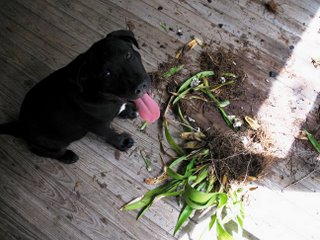
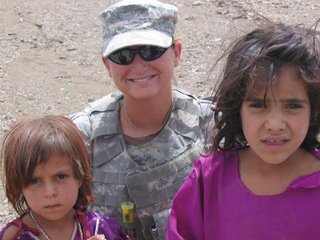







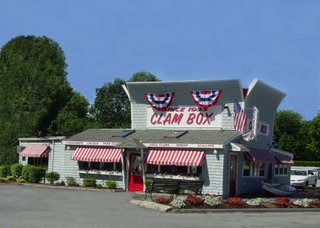





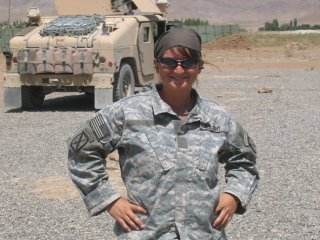


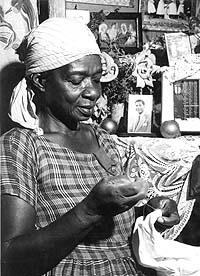



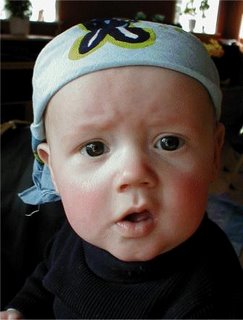







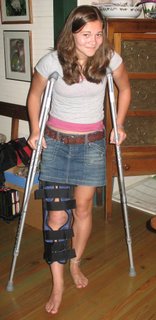










 Daron opened the box first. "My, what busty dolls these are!", she said. Two hours later, she gave Marsh his hat and showed him the dolls. "My, what busty dolls these are!" was his comment. Later that evening, when Marsh and Mo modeled their new hats for Dad, he was shown the dolls. "My, what busty dolls!"
Daron opened the box first. "My, what busty dolls these are!", she said. Two hours later, she gave Marsh his hat and showed him the dolls. "My, what busty dolls these are!" was his comment. Later that evening, when Marsh and Mo modeled their new hats for Dad, he was shown the dolls. "My, what busty dolls!"


